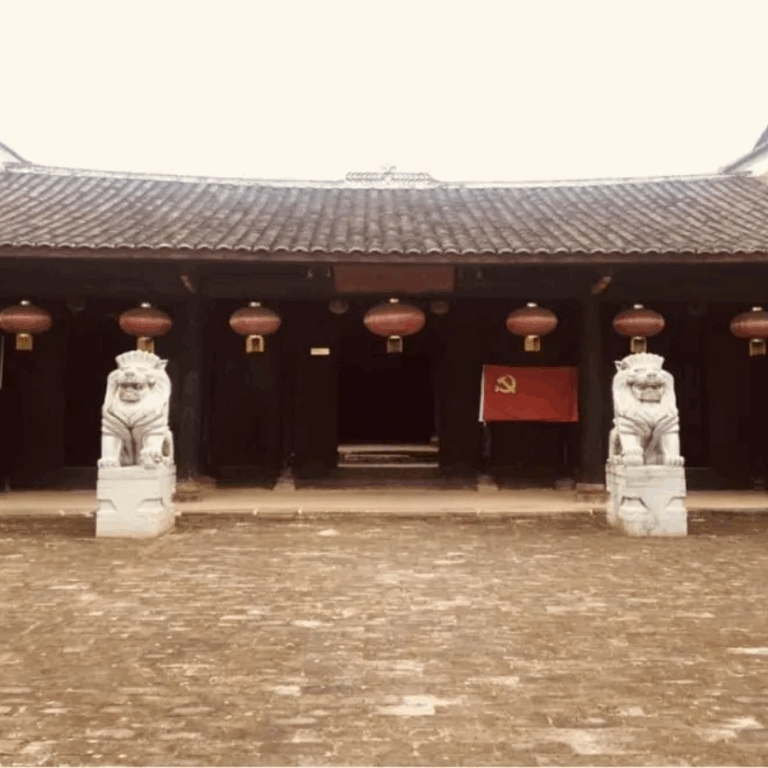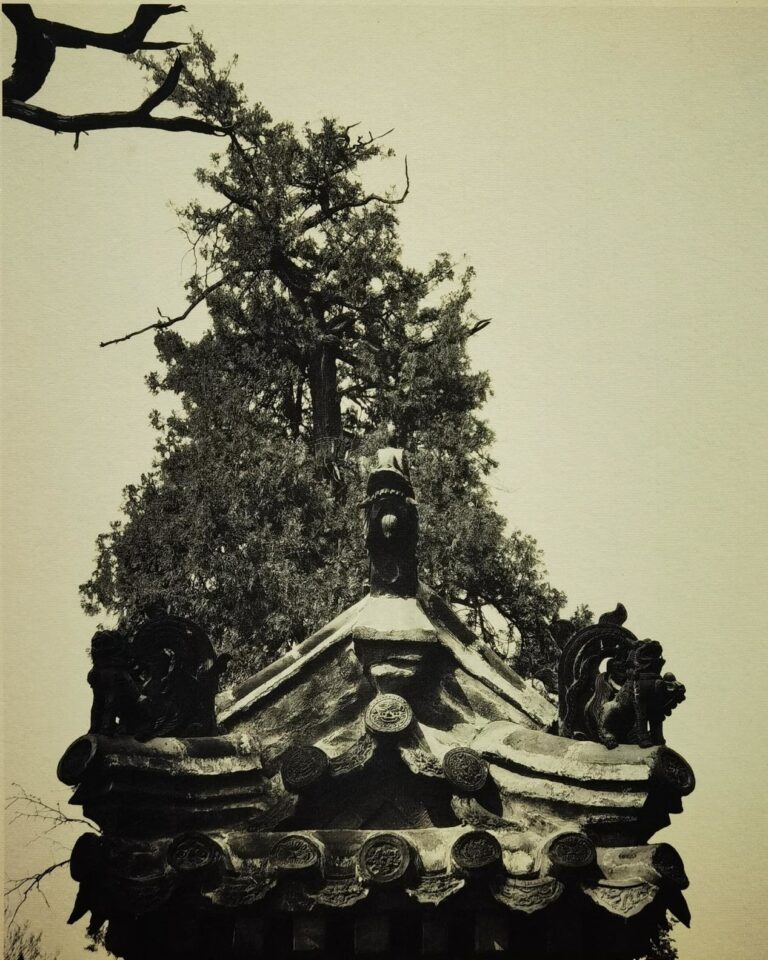Ningbo Miaogouhou Hengsheng Shipaifang: A Hidden Gem for Foodies
An Essential Guide to Visiting Ningbo Miaogouhou Hengsheng Shipaifang
In This Guide
- An Essential Guide to Visiting Ningbo Miaogouhou Hengsheng Shipaifang
- The Rich History of Ningbo Miaogouhou Hengsheng Shipaifang
- Main Highlights: What to See at Ningbo Miaogouhou Hengsheng Shipaifang
- Planning Your Visit: A Practical Guide
- Tickets, Hours, and Booking
- How to Get There
- Local Cuisine and Accommodation
- Frequently Asked Questions
- Final Thoughts on Your Trip
Nestled in the picturesque landscapes of Ningbo, the Ningbo Miaogouhou Hengsheng Shipaifang (庙沟后、横省石牌坊) stands as a remarkable testament to ancient Chinese architectural ingenuity. These stone archways, dating back to the Southern Song to Yuan Dynasties, are among the earliest surviving examples of stone archways in China. Characterized by their elegant structure that imitates traditional wooden designs, these two archways serve as both historical markers and intriguing relics of a bygone era.
Constructed using local stone materials—Meiyuan stone for the Miaogouhou and Yiaoshan stone for the Hengsheng—the archways are situated in serene surroundings, enhancing their majestic presence against the natural backdrop. The intricate craftsmanship reflects a transformative period in architectural history, where the transition from wooden to stone structures was taking shape.
Discovered during a cultural relic survey in 1999, these archways not only provide invaluable insights into ancient building techniques but also highlight the rich historical narratives of Ningbo. Whether you are a history enthusiast, an architecture aficionado, or simply a curious traveler, visiting the Ningbo Miaogouhou Hengsheng Shipaifang promises a captivating journey through time, offering a glimpse into the artistic and cultural legacy of ancient China.
The Rich History of Ningbo Miaogouhou Hengsheng Shipaifang
The Ningbo Miaogouhou Hengsheng Shipaifang, located in the scenic area of Ningbo, Zhejiang Province, represents one of the earliest known stone archways in China, dating back to the Southern Song Dynasty (1127-1279) to the Yuan Dynasty (1271-1368). These remarkable structures are significant not only for their architectural style but also for their historical context, offering insights into the evolution of building practices in ancient China.
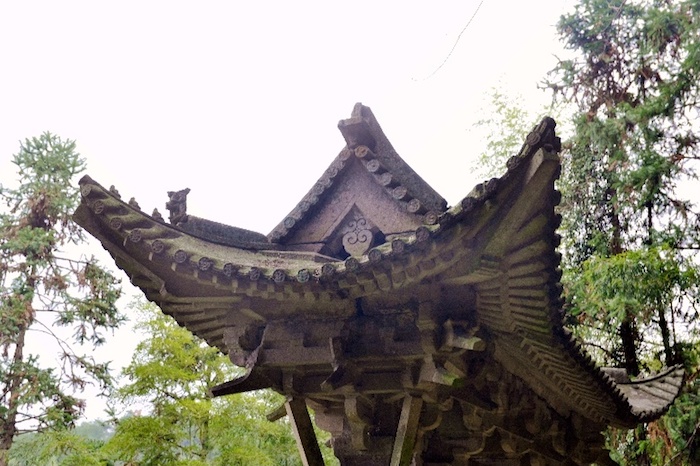
Ningbo Miaogouhou Hengsheng Shipaifang.
Constructed primarily from locally sourced stone, the Hengsheng Shipaifang utilizes materials known as “Yia’ao stone,” a regional variant that highlights the craftsmanship of the era. The archway stands majestically on a hillside, originally serving as a tomb passage marker, although the associated burial site has since been destroyed, leaving the identity of the deceased untraceable. This stone structure features a design that mimics wooden architecture, a common practice of the time, which indicates a transitional phase in construction methods—from traditional wood to more durable stone.
The Hengsheng Shipaifang and its counterpart, the Miaogouhou Shipaifang, were discovered during a comprehensive archaeological survey conducted in the summer of 1999, marking a significant moment in the study of ancient Chinese architecture. Both archways are constructed in a style reminiscent of wooden structures, with two pillars supporting a single archway, which faces east-west. Their intricate details and imposing presence are not only a testament to the engineering skills of the time but also reflect the cultural values and aesthetic preferences of the Southern Song to Yuan periods.
These stone archways are crucial for understanding the architectural transition in China, characterized by a shift from wooden to stone constructions, as outlined in the classic text “Yingzao Fashi” from the Song Dynasty. Experts believe that the design and structural elements of the Hengsheng Shipaifang align closely with these historical architectural guidelines, suggesting that they were built during a period of experimentation and evolution in construction techniques.
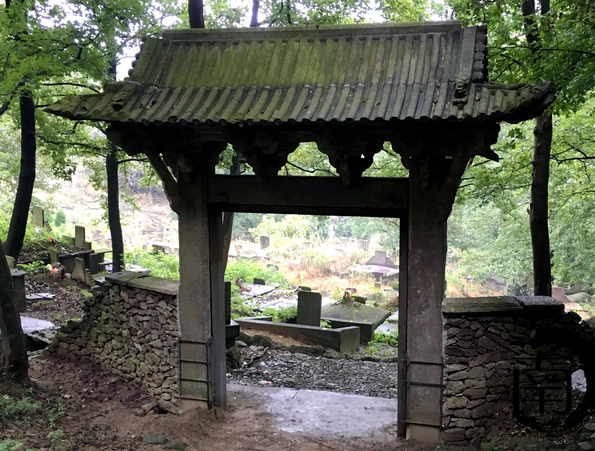
Ningbo Miaogouhou Hengsheng Shipaifang.
In recognition of their historical and artistic significance, the Hengsheng and Miaogouhou Shipaifang were designated as protected cultural heritage sites by the Chinese government in 2001. This designation underscores their importance as invaluable examples of early stone archways, providing a rare glimpse into the architectural practices that preceded the Ming and Qing dynasties.
Visitors to these sites today can appreciate not only their architectural beauty but also their rich historical narrative, which contributes to a deeper understanding of China’s cultural heritage and the advancements in construction that have shaped the nation’s landscape over the centuries.
Main Highlights: What to See at Ningbo Miaogouhou Hengsheng Shipaifang
Nestled in the picturesque landscapes of Ningbo, China, the Hengsheng Stone Archway (横省石牌坊) and its companion, the Miaogouhou Stone Archway (庙沟后石牌坊), are remarkable relics from the Southern Song to Yuan dynasties. These ancient structures stand as some of the earliest known stone archways in the country, offering a glimpse into China’s architectural evolution.
Architectural Marvels
The Hengsheng Stone Archway, built using local “Yia’ao stone,” features a design that mimics traditional wooden structures, showcasing a stunning blend of artistry and engineering. With its grand two-column, single-room layout, this stone archway measures approximately 2.5 meters wide and is adorned with intricate carvings that reflect the craftsmanship of the era. The meticulous attention to detail and the majestic style make it not only a historical curiosity but also a visual feast for visitors.

Ningbo Miaogouhou Hengsheng Shipaifang.
Cultural Significance
Both archways are significant for their role in the transition from wooden to stone arch constructions in ancient China. They embody the architectural principles outlined in the Song dynasty’s “Yingzao Fashi” (营造法式), while marking a pivotal shift in construction techniques. Their discovery in 1999 during a cultural heritage survey was a momentous event that enriched the understanding of pre-Ming dynasty stone architecture, making them invaluable to scholars and enthusiasts alike.
Scenic Location
Set against the backdrop of Xianren Mountain in Wuxiang Town, the archways are situated in a serene natural environment, enhancing their historical allure. Visitors can explore the surrounding landscapes, making it an ideal spot for nature lovers and history buffs to immerse themselves in the tranquil beauty and rich heritage of the area.
Accessibility and Visitor Experience
The Hengsheng Stone Archway is open year-round, allowing for flexible visiting times. When planning your visit, consider combining your trip with other local attractions, such as the nearby Dongqian Lake or the numerous temples that dot the region, providing a well-rounded exploration of Ningbo’s cultural landscape.
In summary, the Hengsheng and Miaogouhou Stone Archways are not just architectural wonders; they are testaments to the rich historical tapestry of China. A visit to these sites promises a rewarding experience filled with history, culture, and natural beauty.

Ningbo Miaogouhou Hengsheng Shipaifang.
Planning Your Visit: A Practical Guide
When planning a visit to the Ningbo Miaogouhou Hengsheng Shipaifang, also known as the Hengsheng Stone Archway, it’s essential to equip yourself with practical information to enhance your experience. This ancient structure offers a glimpse into China’s architectural evolution and cultural heritage, making it a worthwhile destination for history enthusiasts and curious travelers alike.
Location and Access
The Hengsheng Stone Archway is located approximately 1300 meters north of the intersection of Fenghuang Road and Wuxiang East Road in the Yinzhou District of Ningbo, Zhejiang Province. The site can be accessed by public transportation or private vehicle. If you’re using public transport, check local bus routes for the most convenient options, as services may vary. It is advisable to download a reliable map app to navigate easily, as some signage in the area may be limited.
Opening Hours
The site is open year-round, allowing visitors to explore at their convenience. Unlike many tourist attractions that have specific opening hours, the Hengsheng Stone Archway is accessible 24 hours a day, making it perfect for early risers or those who prefer to visit later in the day for a quieter experience.
Admission Fees
Visiting the Hengsheng Stone Archway is free of charge, which makes it an excellent option for budget-conscious travelers. While there may be no entrance fee, consider budgeting for local transportation or any guided tour services you might wish to employ for a more informative visit.

Ningbo Miaogouhou Hengsheng Shipaifang.
Best Time to Visit
The ideal times to visit are during the spring and autumn months when the weather is mild and pleasant. This is particularly important if you plan to explore the surrounding area or enjoy a picnic amid the scenic hills. Summer can be hot and humid, while winter temperatures might drop significantly, which could affect your experience if you’re not prepared.
Nearby Attractions
While at the Hengsheng Stone Archway, take the opportunity to explore nearby attractions. The Miaogouhou Stone Archway, located not far from Hengsheng, is another historical site worth visiting, showcasing similar architectural styles from the Southern Song to Yuan dynasties. Additionally, the East Qian Lake area offers beautiful natural scenery, perfect for a leisurely walk or photography.
Amenities
There are limited amenities directly at the site, so it’s recommended to bring your own supplies, such as water and snacks. If you’re interested in dining out, more options can be found in Ningbo city center, where local cuisine, including renowned Ningbo dishes, is readily available.
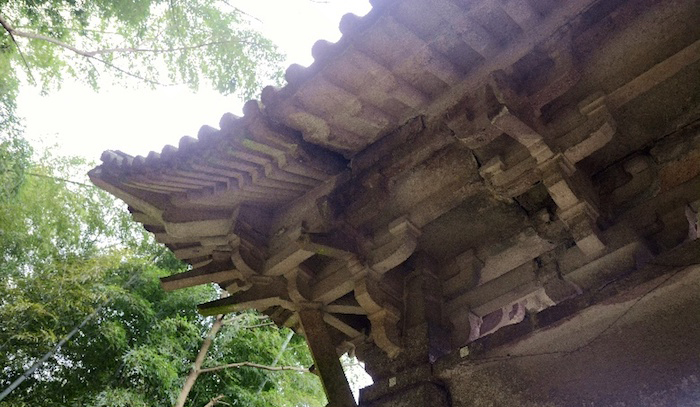
Ningbo Miaogouhou Hengsheng Shipaifang.
Local Tips
- Photography: The archways are particularly photogenic, so bring your camera to capture the intricate details of the stonework.
- Respect Local Customs: As a historical site, it’s essential to be respectful of the cultural significance. Avoid climbing on the structures or disturbing the environment.
- Guided Tours: If you wish to gain deeper insights into the history and architecture of the site, consider joining a guided tour. Local guides can offer fascinating stories and details that enrich your visit.
By planning your visit with these practical tips in mind, you can ensure a rewarding experience at the Hengsheng Stone Archway, immersing yourself in the rich history and culture of Ningbo.
Tickets, Hours, and Booking
When planning your visit to the Ningbo Miaogouhou Hengsheng Shipaifang, it’s important to know about ticketing options and accessibility.
The Hengsheng Stone Archway, along with the Miaogouhou Stone Archway, is an ancient structure that offers free entry, allowing visitors to explore this significant historical site without any cost. Open year-round, the archway is accessible at all times, making it a convenient stop on your itinerary.
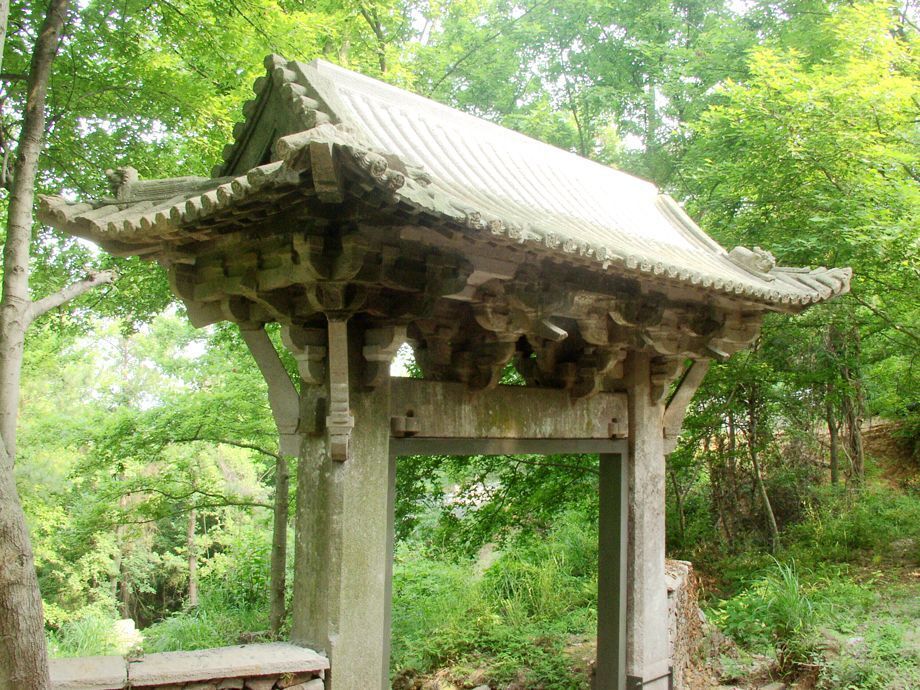
Ningbo Miaogouhou Hengsheng Shipaifang.
While no tickets are required for entry, it’s advisable to check for any specific events or guided tours that may be offered during your visit, as these could have associated fees. Additionally, local tour operators may provide packages that include the archway along with other nearby attractions, enhancing your experience of Ningbo’s rich cultural heritage.
For those traveling to the site, the Hengsheng Stone Archway is located approximately 1,300 meters north of the intersection of Fenghuang Road and Wuxiang East Road in the Yinzhou District of Ningbo, Zhejiang Province. Public transportation options are available, and local guides can assist in navigating to this remarkable piece of history.
In summary, visiting the Hengsheng Stone Archway is a cost-effective way to immerse yourself in the architectural and historical significance of the region, with flexible access ensuring that you can enjoy your visit at your own pace.
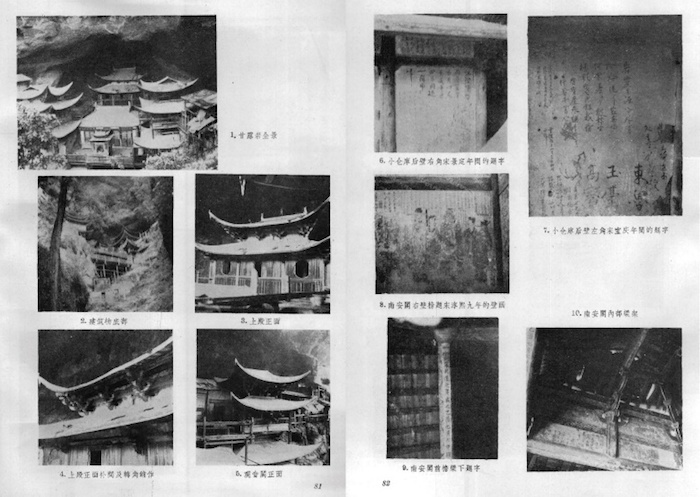
Ningbo Miaogouhou Hengsheng Shipaifang.
How to Get There
Getting to Ningbo Miaogouhou Hengsheng Shipaifang is a journey enriched by the beautiful landscapes of Zhejiang Province. Located approximately 1,300 meters north of the intersection of Fenghuang Road and Wuxiang East Road in Ningbo’s Yinzhou District, this historical site is accessible through various modes of transportation, making it convenient for visitors.
By Air
Ningbo Lishe International Airport (NGB) is the nearest airport, situated about 20 kilometers from the site. This airport services both domestic and international flights. Upon arrival, travelers can take a taxi or use ride-hailing apps for direct transport to the Hengsheng Shipaifang. The drive typically takes around 30 to 40 minutes, depending on traffic conditions.
By Train
Ningbo Railway Station connects the city with major Chinese cities such as Shanghai, Hangzhou, and Suzhou. From the station, visitors can take a taxi or public bus to reach the stone archways. The taxi ride from the train station to the site will take approximately 30 minutes.
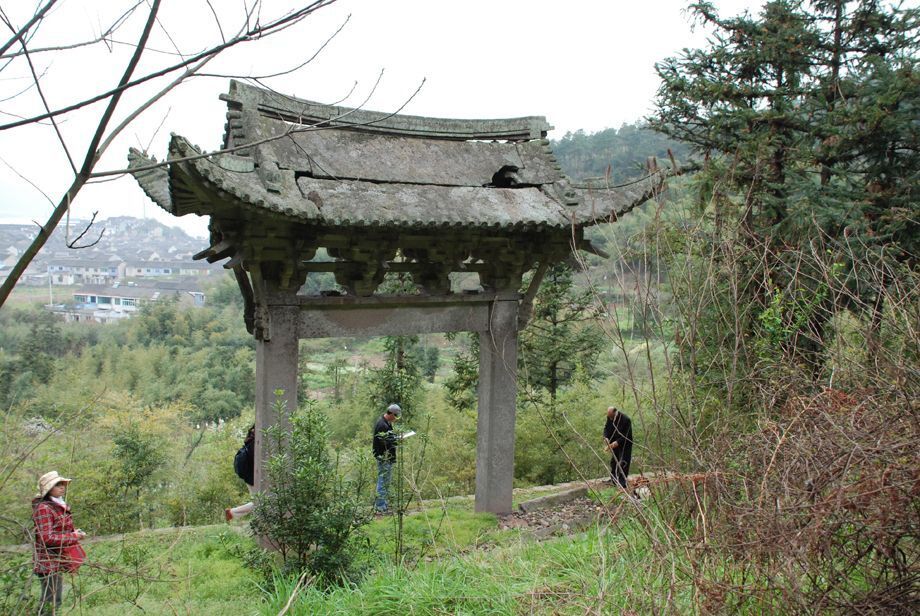
Ningbo Miaogouhou Hengsheng Shipaifang.
By Bus
For those looking to use public transportation, Ningbo offers a robust bus system. Buses operate frequently throughout the city, and travelers can check local bus routes to find one that goes to the vicinity of the Hengsheng Shipaifang. The bus ride is an economical option, but it may take longer, depending on the selected route and time of day.
By Car
Renting a car provides flexibility for exploring the region at your own pace. Major car rental companies operate in Ningbo, and driving to the site allows for scenic views along the way. Parking is available near the Hengsheng Shipaifang, making it convenient for visitors who choose this option.
Local Transportation
Once at the site, visitors can enjoy the surrounding area on foot. The Hengsheng Shipaifang is part of a larger historical and cultural landscape, encouraging exploration of nearby attractions. For those who prefer not to walk, local taxis are available for short trips within the area.

Ningbo Miaogouhou Hengsheng Shipaifang.
Accessibility
The site is generally accessible, with pathways leading to the stone archways for ease of movement. However, as it is situated on a hillside, some areas may require moderate physical effort. Visitors with mobility challenges may want to plan ahead and contact local services for assistance.
In summary, whether arriving by air, train, bus, or car, getting to Ningbo Miaogouhou Hengsheng Shipaifang is straightforward. With a range of transportation options available, visitors can easily immerse themselves in the historical significance and beauty of this ancient site.
Local Cuisine and Accommodation
When visiting Ningbo’s historic Hengsheng Shipaifang (横省石牌坊), you’re in for a treat not just in cultural sights but also in culinary delights and comfortable accommodations. Here’s a guide to help you make the most of your stay.
Dining Options
Ningbo is renowned for its rich culinary heritage, especially its seafood and local delicacies. Here are some popular dining spots near Hengsheng Shipaifang:
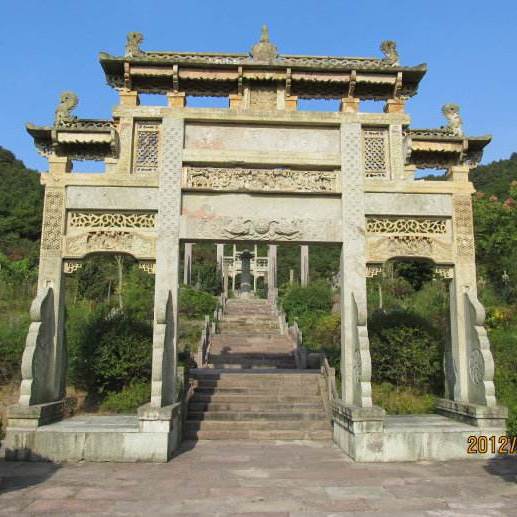
Ningbo Miaogouhou Hengsheng Shipaifang.
-
Xiang Palace (香宫)
Located within the Ningbo Shangri-La Hotel, this restaurant offers exquisite Jiangsu and Zhejiang cuisine. The ambiance is elegant, and the menu features a variety of dishes, including fresh seafood and seasonal specialties. Expect to pay around ¥275 per person. -
Pavilion of the Scholar (状元楼)
A historic establishment that dates back to the Qianlong period, this restaurant serves traditional Ningbo dishes that highlight local flavors. With a rating of 4.6, it’s a favorite among locals and tourists alike, with meals averaging around ¥136. -
Yue Xuan (悦轩)
Situated in the Hyatt Hotel, this restaurant offers a stunning view of the scenic Bibo Lake. The menu is a tantalizing mix of Jiangsu and Zhejiang cuisine, and it’s an excellent choice for those looking to enjoy a refined dining experience for about ¥199 per person. -
Tasty Thai (太食兽)
For something a little different, this Thai restaurant is a great option. It combines authentic Thai flavors with a casual dining atmosphere, making it perfect for a relaxed meal away from traditional Chinese cuisine.
Accommodation
For a comfortable stay, there are several hotels nearby that cater to a range of budgets:
-
Shangri-La Hotel Ningbo
A luxurious option offering modern comforts and first-class amenities. Located near the city center, it provides easy access to local attractions. Rooms start at around ¥1,500 per night. -
Hyatt Regency Ningbo
This hotel features spacious rooms with contemporary decor and stunning lake views. The on-site dining options and spa facilities make it a great spot for relaxation. Nightly rates start at approximately ¥1,200. -
Ningbo Joyful Hotel
A more budget-friendly choice, this hotel offers clean and comfortable accommodations with essential amenities. It’s a convenient base for exploring the area, with rates starting around ¥500 per night. -
GreenTree Inn Ningbo Jiangbei Jinshan Road
Perfect for travelers on a budget, this hotel provides basic yet comfortable lodging. Its strategic location makes it easy to explore Ningbo’s attractions, with rates starting at about ¥200 per night.
Tips for Your Visit
- Reservations: It’s advised to make dining and accommodation reservations in advance, especially during peak tourist seasons.
- Local Delicacies: Don’t miss out on trying Ningbo-style dumplings and the famous seafood dishes that the region is known for.
- Exploration: After your meal, take the time to explore the beautiful landscapes around Hengsheng Shipaifang, as there are many parks and historical sites nearby.
With delicious food and comfortable places to stay, your visit to Hengsheng Shipaifang will surely be a memorable experience.
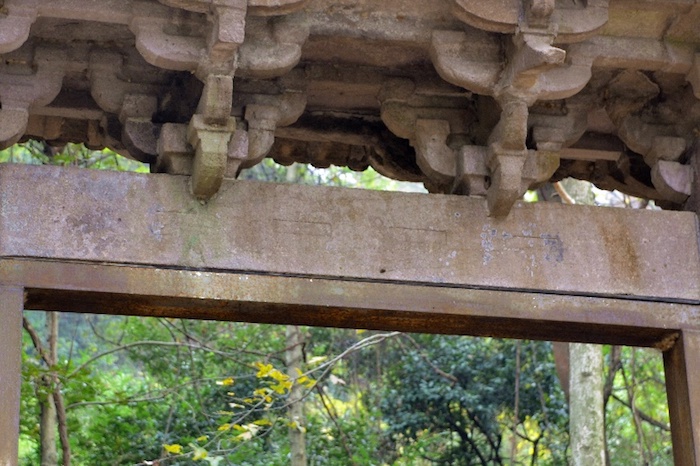
Ningbo Miaogouhou Hengsheng Shipaifang.
Frequently Asked Questions
Frequently Asked Questions
1. What is Ningbo Miaogouhou Hengsheng Shipaifang?
Ningbo Miaogouhou Hengsheng Shipaifang consists of two ancient stone archways located in Ningbo, Zhejiang Province, China. These structures date back to the Southern Song to Yuan Dynasties and are significant for their architectural style, reflecting the transition from wooden to stone structures.
2. How can I get to Ningbo Miaogouhou Hengsheng Shipaifang?
The site is situated 1300 meters north of the intersection of Fenghuang Road and Wuxiang East Road in the Yinzhou District of Ningbo. Public transportation options include buses and taxis, which can be easily accessed throughout the city.
3. What are the opening hours for the site?
Ningbo Miaogouhou Hengsheng Shipaifang is open year-round and operates all day long, allowing visitors to explore the site at their convenience.
4. Is there an entrance fee to visit the archways?
Currently, there is no entrance fee to visit Ningbo Miaogouhou Hengsheng Shipaifang, making it an accessible destination for history enthusiasts and casual travelers alike.
5. How long should I plan to spend at the site?
A visit typically lasts about 1 to 2 hours, allowing ample time to appreciate the intricate architectural details and take photographs. However, if you wish to explore the surrounding area and nearby attractions, consider extending your visit.
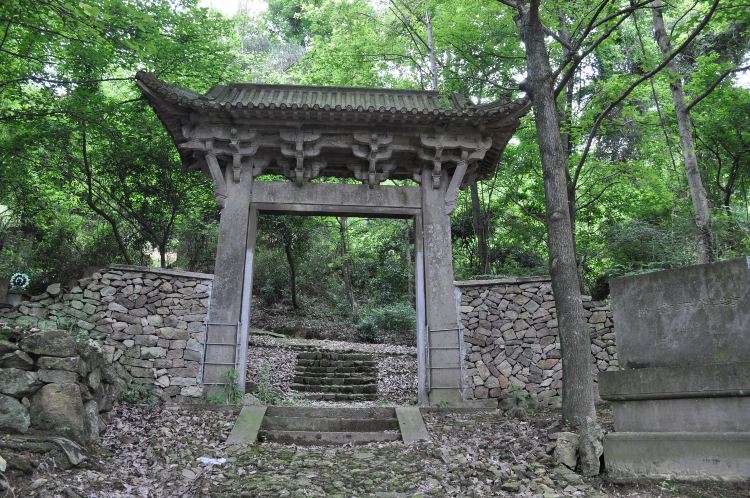
Ningbo Miaogouhou Hengsheng Shipaifang.
6. Are there any nearby attractions worth visiting?
Yes! Nearby attractions include the Tianyi Pavilion Museum, Ningbo Wildlife Zoo, and various scenic spots around Dongqian Lake, providing a full day of exploration and cultural experiences.
7. What is the historical significance of these stone archways?
The Ningbo Miaogouhou and Hengsheng stone archways are among the earliest known examples in China, representing an important architectural evolution in the transition from wooden to stone designs. Their discovery contributes valuable insights into ancient Chinese construction methods and cultural practices.
8. Can I find guided tours or information about the site?
While there may not be official tours specifically for the archways, local tourism offices in Ningbo can provide brochures and information. Additionally, many online resources and travel blogs offer insights and tips for visiting the site.

Ningbo Miaogouhou Hengsheng Shipaifang.
Final Thoughts on Your Trip
Visiting the Ningbo Miaogouhou Hengsheng Shipaifang is not just an exploration of ancient architecture, but a journey through time that connects visitors with the rich cultural tapestry of China’s past. These stone archways, dating back to the Southern Song to Yuan dynasties, stand as silent witnesses to history, embodying the artistry and craftsmanship of their era.
As you stand before these impressive structures, you can almost hear the echoes of the past—the whispers of those who once walked these paths, honoring their ancestors in a landscape that has remained largely unchanged for centuries. The intricate designs and monumental scale of the Hengsheng Shipaifang remind us of the ingenuity of ancient builders, who transformed local materials into lasting legacies.
For travelers seeking a deeper understanding of Chinese heritage, these arches offer invaluable insights into the transition from wooden to stone architecture, a pivotal moment in the evolution of Chinese building techniques. The site not only serves as a historical landmark but also as a testament to the enduring spirit of the region.
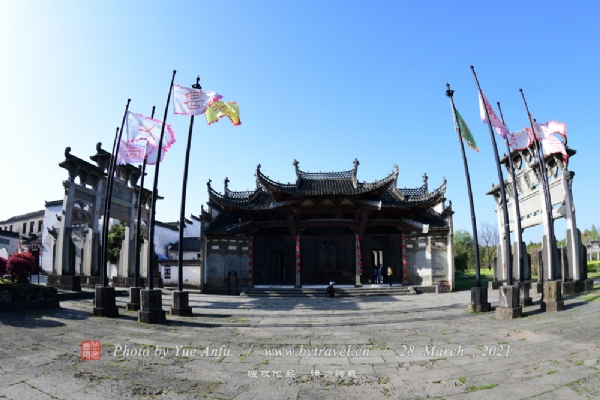
Ningbo Miaogouhou Hengsheng Shipaifang.
In conclusion, a visit to Ningbo’s Miaogouhou Hengsheng Shipaifang is more than a mere sightseeing excursion; it is an invitation to reflect on history, appreciate artistic expression, and experience the connection between past and present. Embrace the journey, and let the stories of these ancient archways inspire your own travels.




